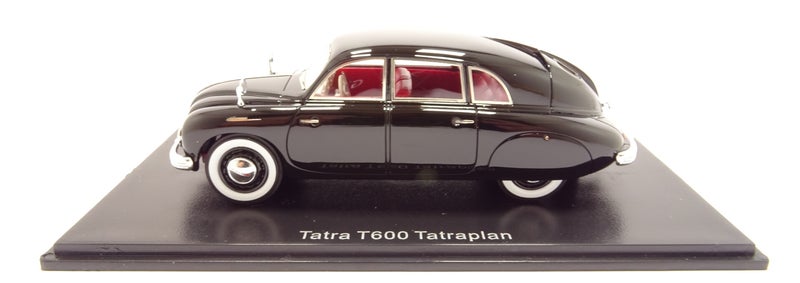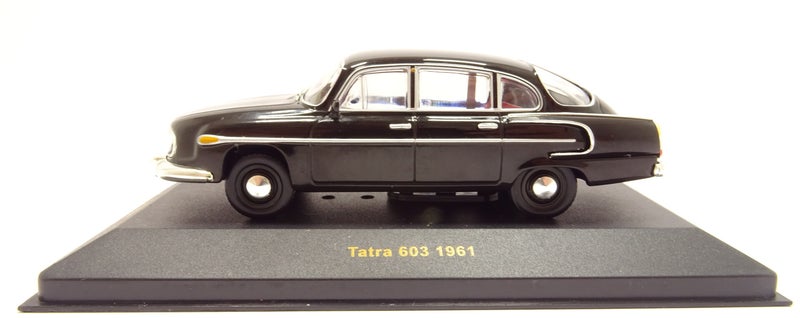

In 1919 the company changed from the Nesselsdorfer marque to the Tatra badge, named after the nearby Tatra Mountains on the Czechoslovak-Polish border.
Tatra is a Czech vehicle manufacturer in Kopřivnice. It is owned by the Tatra Trucks company, based in Ostrava, and is the third oldest company in the world producing cars with an unbroken history, surpassed only by French automaker Peugeot. The company was founded in 1850. In 1897, Tatra produced the first motor car in central Europe, the Präsident automobile. Production of passenger cars ceased in 1999.


Headquarters: Nesselsdorfer Wagenbau-Fabriksgesellschaft, Kopřivnice, Moravia, Czech Republic, 1897-1951


















1897-1920
1920-1936
1936-1950
1950-1989
1989-1999
1999-







Create Your Own Website With JouwWeb